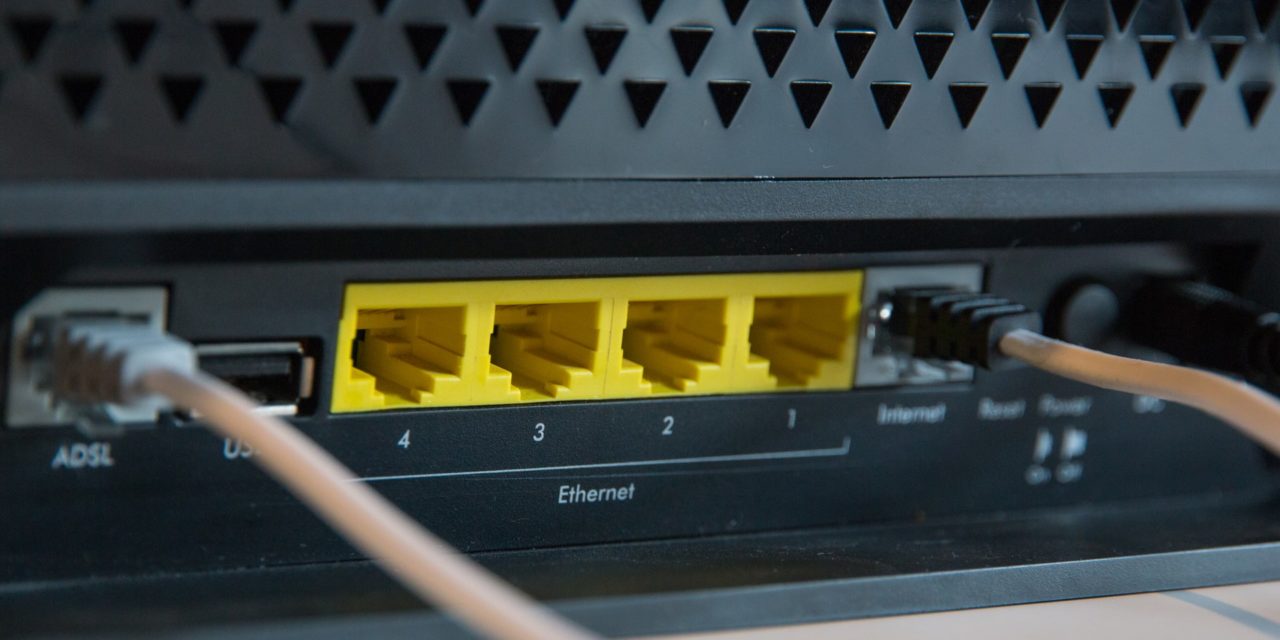[ad_1]
CB Radios are unfortunately limited to 4 watts of output power by the FCC (Federal Commissions Commission). Most specifically, this is known as radio frequency output. This restriction has been placed, because CB Radios operate on 27MHZ frequency which the FCC mandates as a license free 11 meter Citizens Band. Due to the general public having access, in addition to limited frequencies (or “channels”); congestion and interference are always concerns.
Many new to the hobby or the operation thereof, assume illegally modifying their CB Radio (known by the term “Peak and Tune”) for higher output, or worse yet, running a high output illegal amplifier are the only ways they can improve the performance and range of their CB Radios.
This is actually untrue, and in all honesty, antenna types and setup play a much larger and influential role in the range of CB Radios, or most types of wireless communications for that matter. This is because, in terms of operating efficiency, the match of the antenna, type of antenna and gain there of, and antenna height are all more significant to radio performance, are by far more critical to radio range, than any other aspect in regards to the hobby. Thankfully, the FCC provides much more freedom, with what can be done and/or improved upon, in regards to CB Antennas! As you can see from the premise of the first few paragraphs, the recommendations on improving the range of a CB Radio legally will be related to antenna setup:
1. Antenna Mounting Height – Nothing is more important, then allow the antenna to capture maximum signal, than placing the antenna in the highest position as possible. If running a base station setup, placing the antenna on the peak of a roof, or a good sized tower, that is above nearby terrain and buildings are key here. If running mobile, placing the antenna on the highest place on the car, where the antenna can be both securely grounded and mounted is ideal.
2. Antenna Size – Generally the larger the antenna size, the higher the efficiency. At 27 MHz, larger antennas are generally needed, to prove highest efficiency. What happens is when an antenna is squeezed/scaled down in size, coils, inductors, capacitors, or worse yet resistors have to be added to electrically match and tune the antenna. So not only do you lose the size of your effective capture area, by not having a “taller” antenna, but there is added loss to the antenna, when adding extra components, to readjust the antenna electrically. For mobile antennas, generally 8′ 6″ and for base antennas 22′ 6″ are the ideal vertical sizes for maximum performance!
3. Antenna Type – Just as anything else, not all antennas are created equal, in terms of actual gain. Higher gain antennas do exist, and by the nature of their design, not only do they focus their pattern in a desired direction, they also pick up less noise from unwanted sources/directions. Some of the higher gain antennas include the Yagi and Quad antenna types, and they may range anywhere from 2-16 antenna elements lined up in pattern! These antennas can effectively intensify your CB Radios signal 10 times or more!
4. Ground, Ground, and more Ground! – Electrically grounding a mobile antenna is critical, as the antennas are dependent upon a return path, and needs a large ground plane or” counterpoise” to do this both effectively and efficiently. This is also critical for most base antennas, it's just due to less size constraints, and this can be done with either an “Elevated Ground Plane Kit” or with standard “ground radials”.
5. Tune Your Antenna! – If this wasn't enough, you must also tune and verify a proper turn of your antenna. This involves using an accurate SWR meter, or better yet an Antenna Analyzer, to make sure the antenna is tuned for a standard 50 ohm match. This is reflected by the SWR – Standing Wave Radio measurement. The ideal reading is a 1:1, meaning for every watt of power that is transmitted by a CB Radio, 100% of it is being radiated forward, with no detectable amount being reflected back due to an improper antenna match. Having a perfect reading may not always be possible; however any reading beyond 2:1 can literally damage your radio, so always check, tune, and verify your antenna!
[ad_2]
Source by Scott Archer

